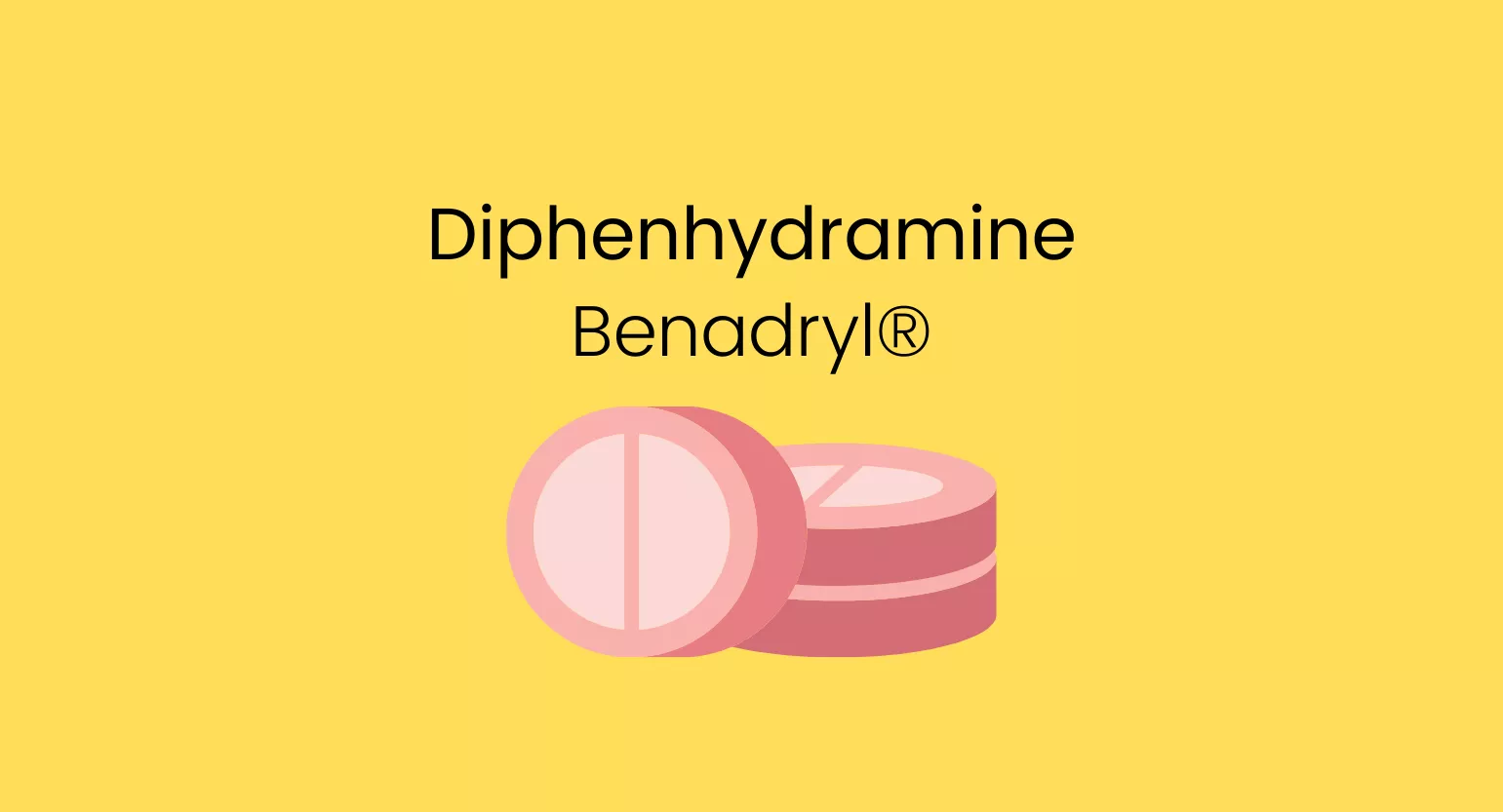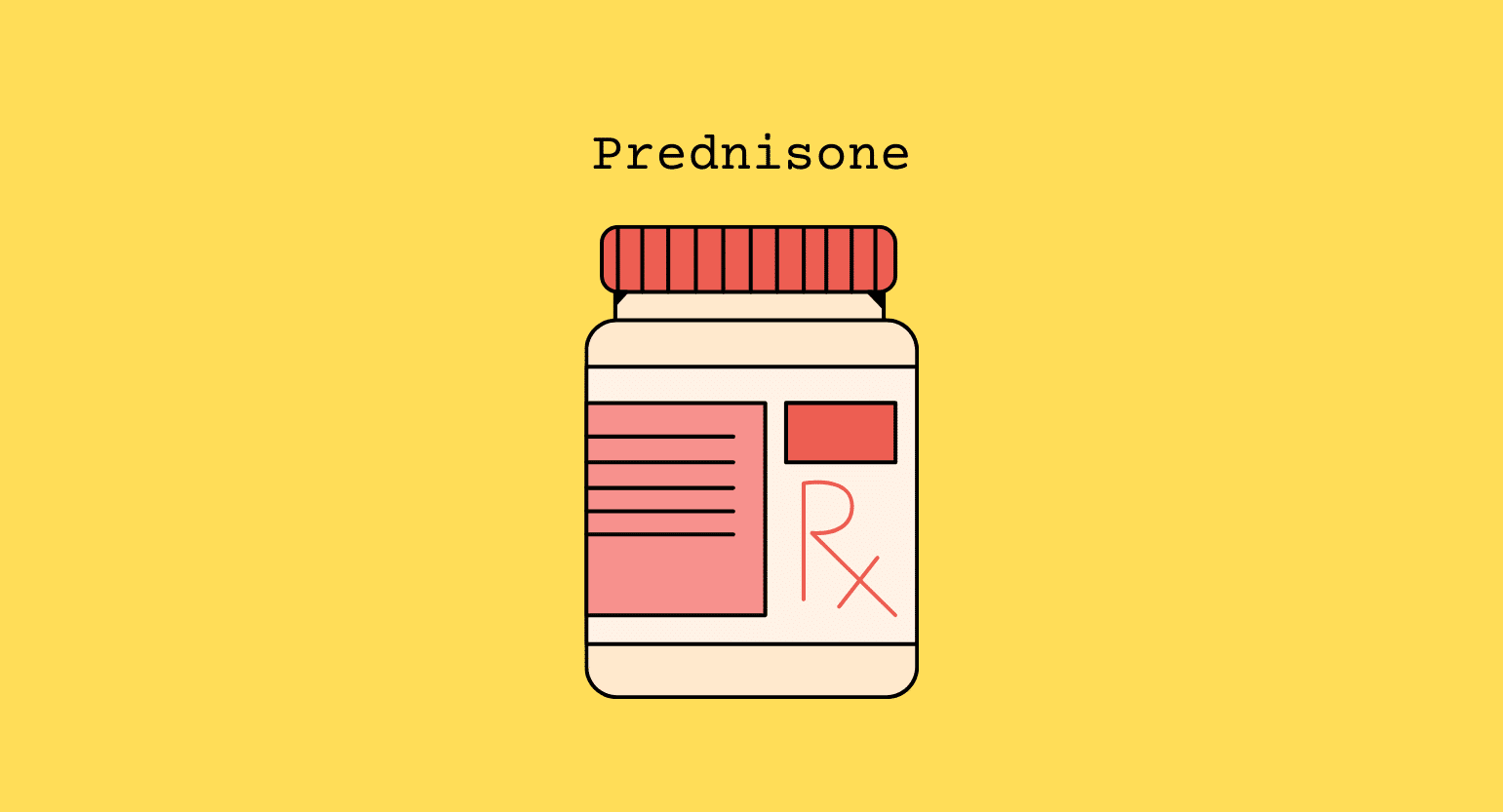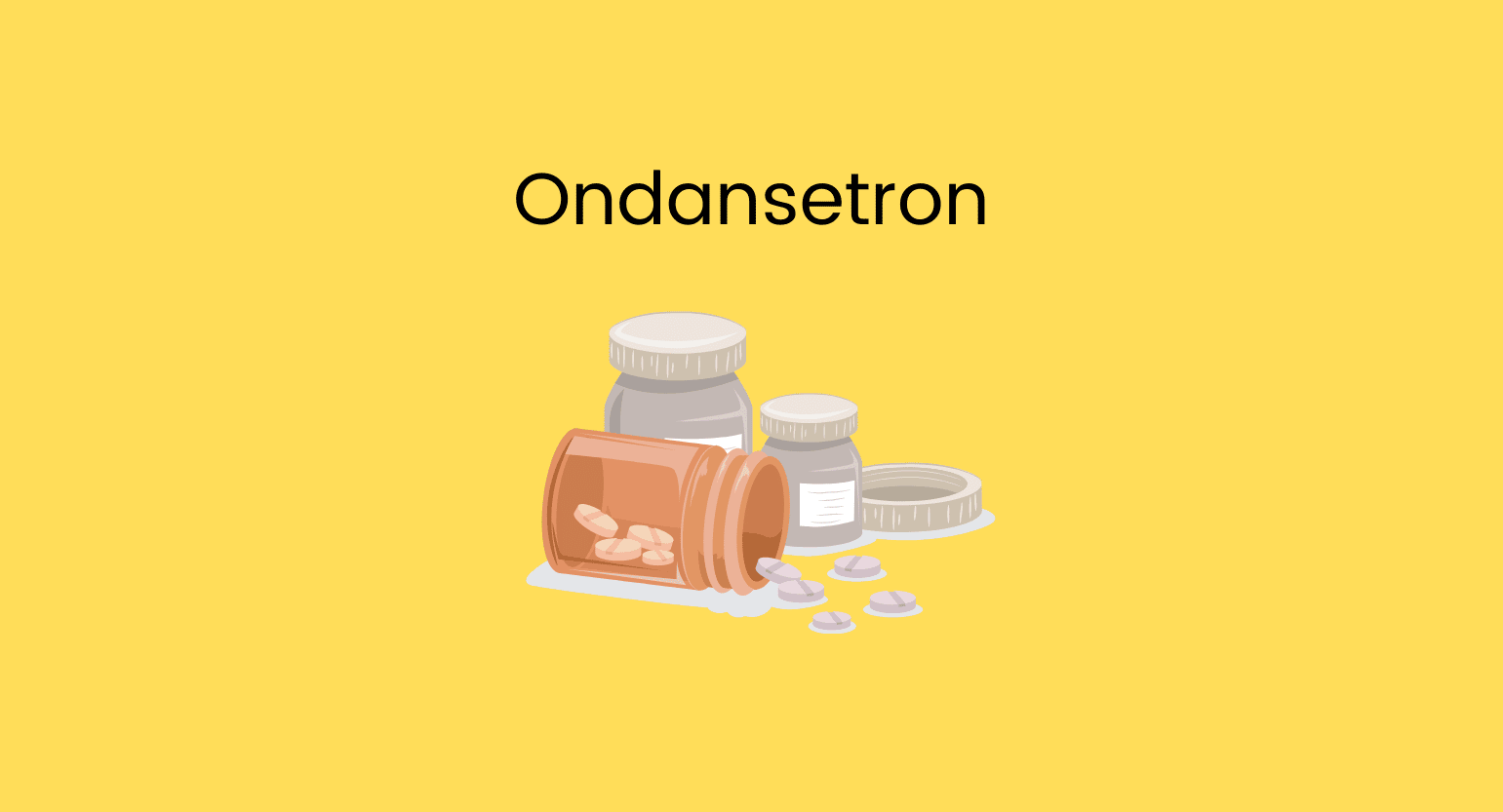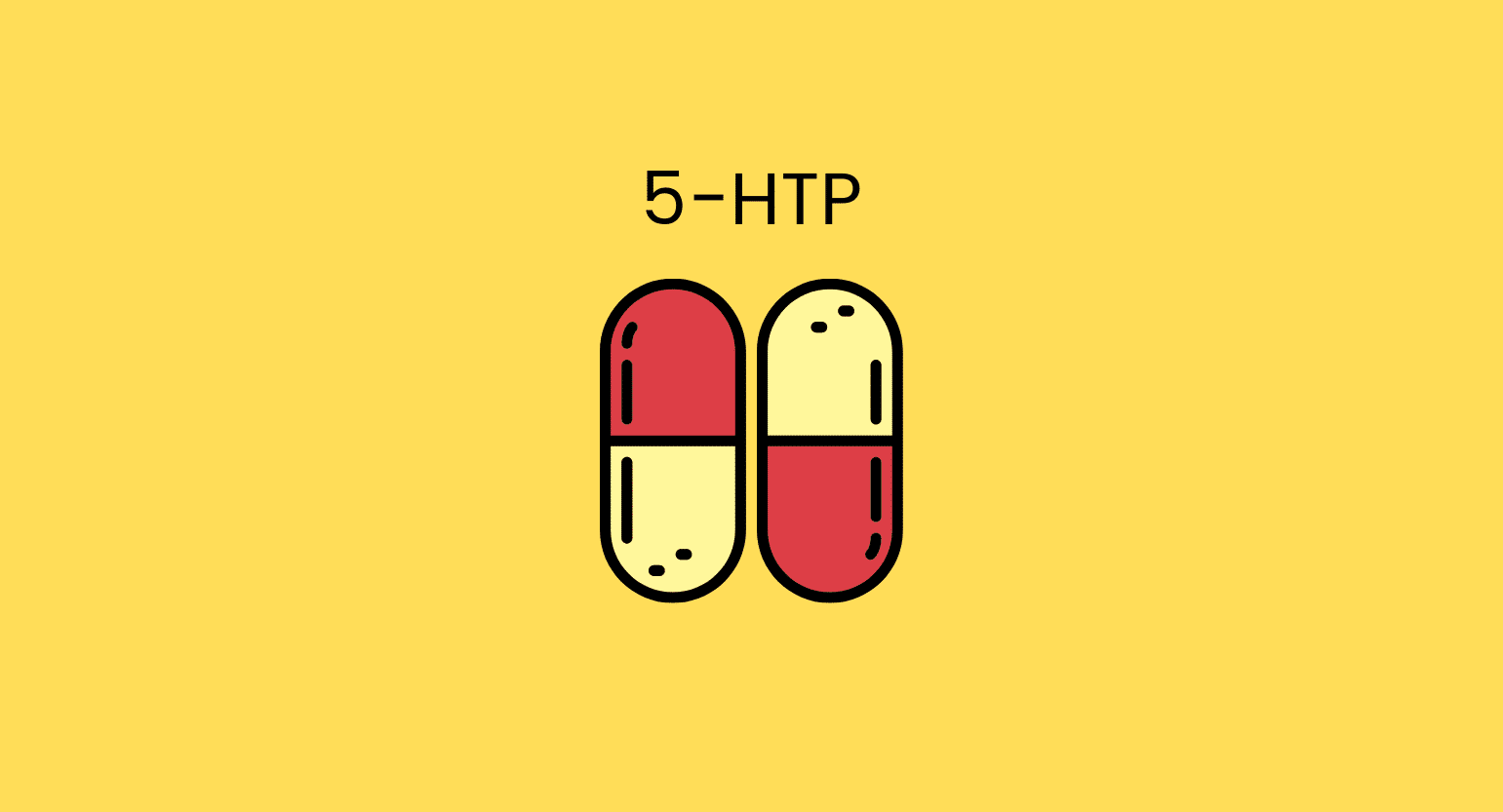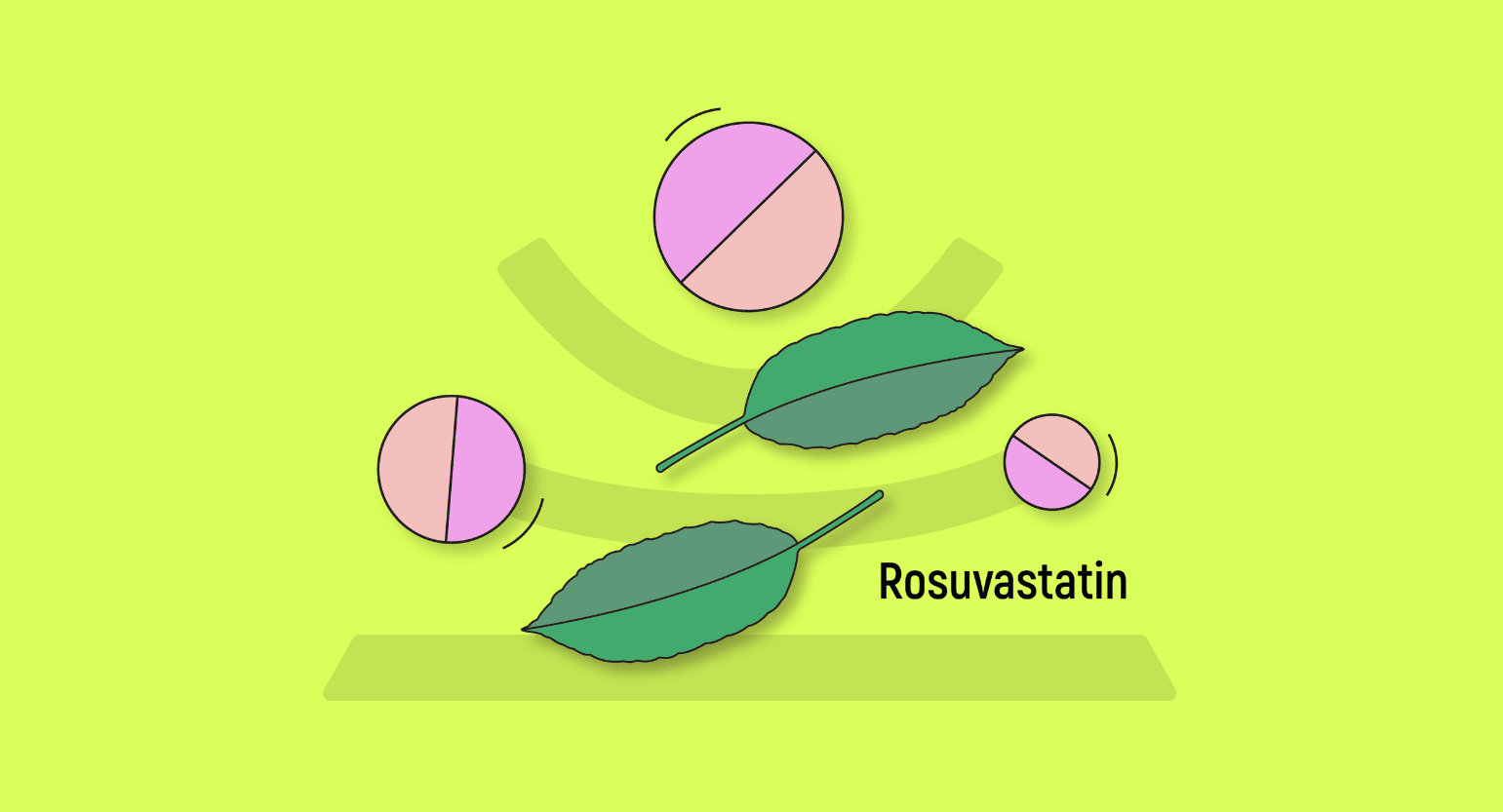Does Kratom Interact With Atorvastatin (Lipitor)?
Yes, kratom and statin drugs like atorvastatin can have a low to moderate interaction.
The CYP3A4 enzyme metabolizes atorvastatin; this is significant because kratom happens to be a strong inhibitor of 3A4 [1, 2].
In practical terms, this means that kratom consumption has an inhibitory effect on the metabolization of atorvastatin, leading to an increase in the plasma concentration of atorvastatin.
Increased drug concentrations due to impaired metabolism are commonly associated with an augmented risk of adverse effects.
Is It Safe to Take Kratom With Atorvastatin (Lipitor)?
The chances of a negative interaction between kratom and atorvastatin together are relatively low, but you must be cautious considering the seriousness of atorvastatin’s side effects.
You could probably consume a low amount of kratom at least 2 hours before your atorvastatin dose to reduce the risk. However, atorvastatin is taken daily, increasing the risk of built-up levels of the drug. If you’re currently on atorvastatin, consult your doctor about your options before taking kratom on your own.
What is Atorvastatin?
Atorvastatin — commercialized under the brand name Lipitor — is a prescription medication meant primarily to lower cholesterol levels.
Atorvastatin belongs to a class of medications known as statins.
Statins work to lower the risk of cardiovascular disease through their ability to inhibit the production of cholesterol. They also have other properties like the ability to treat dyslipidemia: an excessive amount of lipids in the body [3].

| Drug Name | Atorvastatin |
| Trade Name | Lipitor |
| Classification | Statin |
| CYP Metabolism | CYP3A4 |
| Interaction With Kratom | Metabolic inhibition |
| Risk of Interaction | Moderate to high |
What is Atorvastatin (Lipitor) Used for?
The FDA has approved atorvastatin for several usages.
Atorvastatin can reduce the risk of heart attacks in patients with heart disease, type 2 diabetes, and other multiple risk factors.
Like other statins, atorvastatin is also useful in lowering overall cholesterol levels. It may also target specific compounds such as triglycerides and low-density lipoproteins (otherwise known as the “bad cholesterol”).
Atorvastatin may also boost high-density lipoproteins (the “good cholesterol”). However, statins only work when used with certain lifestyle alterations related to diet and exercise.
What’s the Dose of Atorvastatin (Lipitor)?
Atorvastatin is primarily prescribed to patients at risk of heart disease; it can seriously affect the body’s compounds and should only be used according to a doctor’s prescription.
Atorvastatin is taken orally and has a dosage range of 10 to 80 mg once daily [6]. The recommended starting dose is around 10 to 20 mg. Tablets are available in 10, 20, 40, and 80 mg.
There are several contraindications to taking atorvastatin, the most common being pregnancy, lactation, and hepatic impairment.
Generic & Brand Name Versions
Atorvastatin is available under the following brand names:
- Lipitor
- Sortis

What Are the Side Effects of Atorvastatin (Lipitor)?
Myalgia (muscle aches and pain) is the most common side effect associated with atorvastatin use. On the other hand, the most severe adverse effect is rhabdomyolysis. However, the latter is pretty rare [4].
Other common side effects include nasopharyngitis, joint pain, diarrhea, and urinary tract infection.
Liver problems and diabetes are possible side effects of all statin medications [5]. Lastly, atorvastatin may cause cognitive side effects like confusion and reversible memory loss.
What is Kratom?
Kratom (Mitragyna speciosa) is a powerful yet all-natural herbal medicine native to Southeast Asia, particularly Thailand, Borneo, Vietnam, and Indonesia.
This remarkable herb has been used by the indigenous people for centuries as traditional medicine. It has only become popular recently in the west, though.
Kratom has the potential for abuse and has suffered some negative attention in the press because of it, but don’t be fooled — it is much safer than the vast majority of prescription pharmaceuticals.

What is Kratom Used for?
Whether taken in capsules, powdered extracts, or dried leaves, kratom has many beneficial properties.
When taken in low doses, kratom has potent stimulating effects. Like coffee and the coca leaf, it can boost mental and physical energy. Many also report increased concentration and feelings of euphoria.
In medium-to-high amounts, kratom elicits different effects; higher doses are sedative and can help reduce pain and ease anxiety. In more extreme cases, it helps ease opioid withdrawal symptoms.
Some people even use it as a weight-loss supplement.
What’s the Dose of Kratom?
Remember: kratom’s effects are dependent on the dosage used.
If you’re a beginner, you’ll want to keep it simple and stick to this basic dosing guide:
- Low dose (1 – 5 g): Acts as a stimulant and nootropic.
- Medium dose (5 – 10 g): Produces more potent analgesic and anxiolytic effects that crowd the stimulating properties.
- High dose (10 – 15 g): Strong pain and anxiety relief with sedation.
Also, always remember that these are just averages.
You should start slowly and see what works for you and what doesn’t.
Also see: How Long Does it Take for Kratom to Kick In?

What Are the Side Effects of Kratom?
Kratom’s side effects are similar to other drugs that act on opioid receptors. Thankfully, they are milder than pharmaceutical opiates.
Kratom’s main side effects are:
- Constipation
- Dizziness
- Headaches
- Heart palpitations
- Insomnia
- Itchiness
- Liver damage (with long-term use)
- Low blood pressure
- Low libido
- Nausea
- Seizures
- Tremors
Additionally, kratom consumption can cause symptoms of mental and physical dependence.
Avoid excessive kratom amounts for prolonged periods if you want to avoid this possibility.
What Are the Different Types of Kratom?
According to the leave’s vein color, kratom can be classified into four major groups, also called strains.
The different kratom strains allow you to enhance your experience further. They boast slightly different alkaloid profiles, allowing users to pick the right strain for the job.
Between the strains, the variations in alkaloids are due to a mix of factors such as time of harvest and soil composition in different parts of Southeast Asia.

White Vein Kratom
White-vein kratom is popular due to its energizing and nootropic tendencies.
These strains excel at highlighting the stimulating benefits of the kratom plant. If kratom appeals to you for this reason, go with white strains.

Red Vein Kratom
Red-veined kratom is known for its ability to produce more of the analgesic and anti-anxiety properties of the kratom plant.
In a way, red vein kratom is the polar opposite of white vein.

Green Vein Kratom
The best way to explain green-vein kratom is to consider it a middle point between white and red.
Green vein kratom provides a balanced kratom experience that doesn’t lean too heavily into either end of the kratom spectrum.

Yellow Vein Kratom
Yellow-vein kratom is a little boring, to be honest.
Users report it is the same as green vein kratom, except it’s much lighter. First-timers and those with a sensitivity to kratom gravitate towards this strain.

Key Takeaways: Is it Safe to Mix Kratom & Atorvastatin (Lipitor)?
If used carefully, with proper spacing, and in small amounts, kratom and atorvastatin (Lipitor) could be used together.
However, if you want to take kratom for its stimulant properties, go for coffee instead. If you are looking for pain or anxiety relief, you should consult your doctor before mixing these two substances.
- Lennernäs, H. (2003). Clinical pharmacokinetics of atorvastatin. Clinical pharmacokinetics, 42(13), 1141-1160.
- Hanapi, N. A., Ismail, S., & Mansor, S. M. (2013). Inhibitory effect of mitragynine on human cytochrome P450 enzyme activities. Pharmacognosy research, 5(4), 241.
- Stancu, C., & Sima, A. (2001). Statins: mechanism of action and effects. Journal of cellular and molecular medicine, 5(4), 378-387.
- Ramkumar, S., Raghunath, A., & Raghunath, S. (2016). Statin therapy: review of safety and potential side effects. Acta Cardiologica Sinica, 32(6), 631.
- Thakker, D., Nair, S., Pagada, A., Jamdade, V., & Malik, A. (2016). Statin use and the risk of developing diabetes: a network meta‐analysis. Pharmacoepidemiology and drug safety, 25(10), 1131-1149.
- McIver, L. A., & Siddique, M. S. (2022). Atorvastatin, StatPearls.


